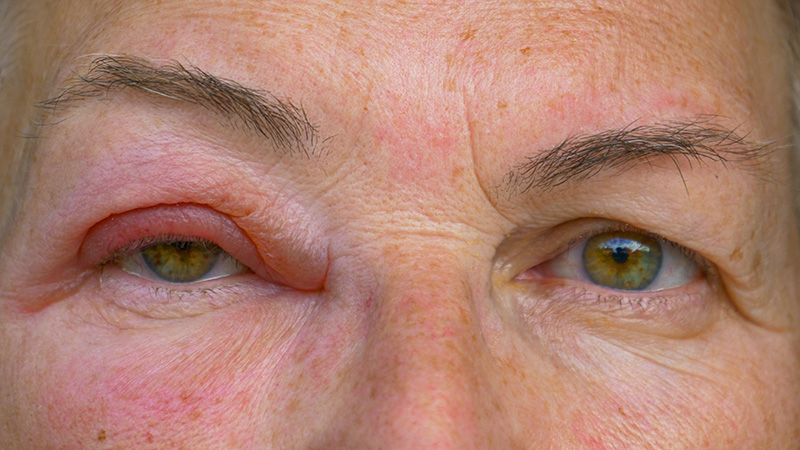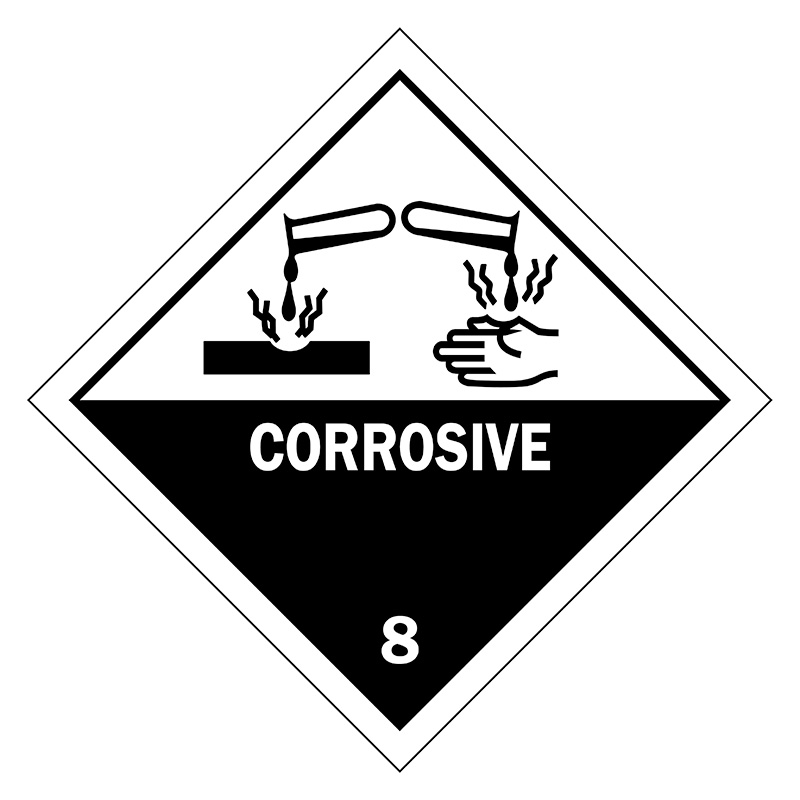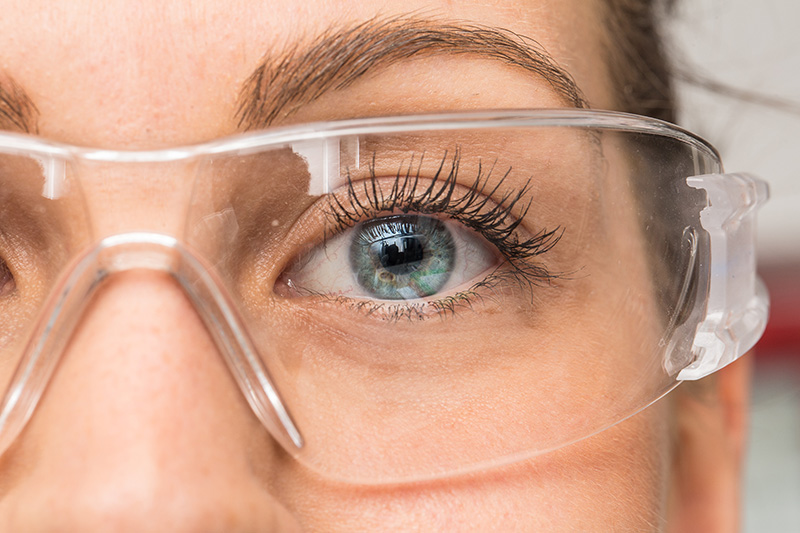Don’t Turn a Blind Eye: The Most Common Eye Injuries and How to Prevent Them

Your eyes are precious—and more vulnerable than you might think. Each year, it’s estimated that around 55 million eye injuries occur globally—this number only reflects cases serious enough to limit daily activity for over 24 hours, so the actual figure is likely much higher. While New Zealand-specific data is limited, approximately 4,000 workplace eye injuries are reported annually. However, it’s important to note that eye injuries can happen anywhere—at home, during sports, or even from everyday activities.
For more information about protecting your eyes and maintaining good eye health, visit Blind Low Vision NZ.
Eye injuries can range from mild irritation to serious trauma that threatens your vision. So, what are the most common types of eye injuries, and how can you protect yourself? Let’s take a closer look.
The Most Common Eye Injuries
1. Swelling and Bruising

A knock to the eye—whether from a stray elbow during sport, a workplace accident, or just a simple mishap—can cause swelling, bruising, and discolouration.
Most black eyes are harmless and will heal over time. Applying an ice pack (or even a bag of frozen peas wrapped in a cloth) can help reduce swelling. However, if there is persistent pain, vision changes, or suspected internal damage, see a doctor immediately.
2. Corneal Abrasions (Scratched Eye)
Getting sand, dust, or wood shavings in your eye is never pleasant. If these particles scratch the cornea (the clear front surface of your eye), it can cause pain, redness, and light sensitivity.
Minor scratches usually heal on their own, but deeper abrasions can lead to infection or even long-term vision problems. If symptoms persist, see an optometrist or GP for treatment. People with conditions like Bell’s Palsy, which increases the risk of repeated corneal abrasions, should have regular eye check-ups.
3. Chemical Burns

Cleaning products, pool chemicals, fertilisers—many everyday substances can cause serious eye burns if they come into contact with your eyes. Even mild-seeming products like shampoo or sunscreen can lead to significant irritation.
If you get a chemical in your eye:
- Rinse your eye immediately with clean water (preferably gently flowing) for at least 15 minutes.
- Do not rub your eye, as this can spread the chemical or worsen the damage.
- Seek urgent medical help if the irritation continues or if the substance was particularly strong (e.g. acids, alkalis, or bleach).
Find out more about first aid for eye injuries at Healthify NZ.
4. Traumatic Iritis
A direct impact to the eye—such as from a ball, fist, or accident—can cause inflammation of the iris (the coloured part of your eye). This condition, called traumatic iritis, can lead to eye pain, light sensitivity, and blurred vision.
If you experience these symptoms after an eye injury, visit an optometrist or doctor. Treatment often includes medicated eye drops, and most cases resolve within a couple of weeks.
5. Eye Bleeds (Subconjunctival Haemorrhages)

Seeing blood in your eye can be alarming, but in many cases, it’s harmless. A subconjunctival haemorrhage happens when tiny blood vessels in the eye break, often due to sneezing, coughing, or minor trauma.
These small bleeds usually heal on their own within a couple of weeks. However, if you have frequent eye bleeds or accompanying pain or vision changes, get checked by a doctor.
6. Hyphemas (Serious Eye Bleeds)
Unlike minor eye bleeds, a hyphema occurs when blood collects between the cornea and the iris, often due to significant trauma. This condition can cause pain, blurred vision, and increased pressure in the eye.
Hyphemas require urgent medical attention, as they can lead to long-term vision loss if untreated. Seek immediate help if you notice blood pooling inside your eye.
7. Orbital Blowout Fractures
An orbital blowout fracture occurs when a strong impact—such as from a cricket ball or car accident—fractures the bones around the eye socket.
Symptoms include pain, swelling, bruising, double vision, and difficulty moving the eye. These fractures often require X-rays and specialist treatment, so if you suspect an orbital fracture, seek medical attention as soon as possible.
8. Penetrating Eye Injuries
Sharp objects—like shattered glasses, flying debris, or even a fishing hook—can cause serious eye injuries if they pierce the surface of the eye.
If a foreign object is embedded in your eye:
- Do not try to remove it yourself.
- Cover the eye gently with a shield (or even a paper cup) to prevent further damage.
- Seek emergency medical care immediately.
Penetrating eye injuries are serious and can lead to permanent vision loss if not treated promptly.
How to Prevent Eye Injuries
Accidents happen, but you can significantly reduce your risk of eye injuries with these simple precautions:
1. Wear Protective Eyewear

Whether you're at work, playing sports, or doing DIY projects at home, using proper eye protection can prevent many injuries. Consider:
- Safety goggles when working with power tools, chemicals, or machinery.
- Sports goggles when playing high-impact sports like cricket, rugby, or squash.
- Sunglasses with UV protection to guard against long-term sun damage.
2. Seek Medical Attention When Needed
Minor eye injuries may heal on their own, but don’t ignore pain, vision changes, or persistent discomfort. If you experience severe symptoms such as blurred vision, intense pain, swelling, or deep cuts, consult a doctor or optometrist as soon as possible.
Protecting Your Eyes for the Long Run
From minor scratches to serious trauma, eye injuries come in many forms—but most are preventable. By using protective gear and seeking prompt medical attention when necessary, you can reduce the risk of long-term damage.
Your eyesight is irreplaceable, so take care of it! If you ever have concerns about an eye injury, don’t hesitate to get it checked by a professional.
Need an Eye Check-Up?
If you've experienced an eye injury or just want to ensure your vision stays in top shape, book an appointment with your local optometrist. Prevention is always better than cure!
Want to learn more tips for contact lens care? Browse our resources for expert advice on keeping your lenses and eyes in top condition.
